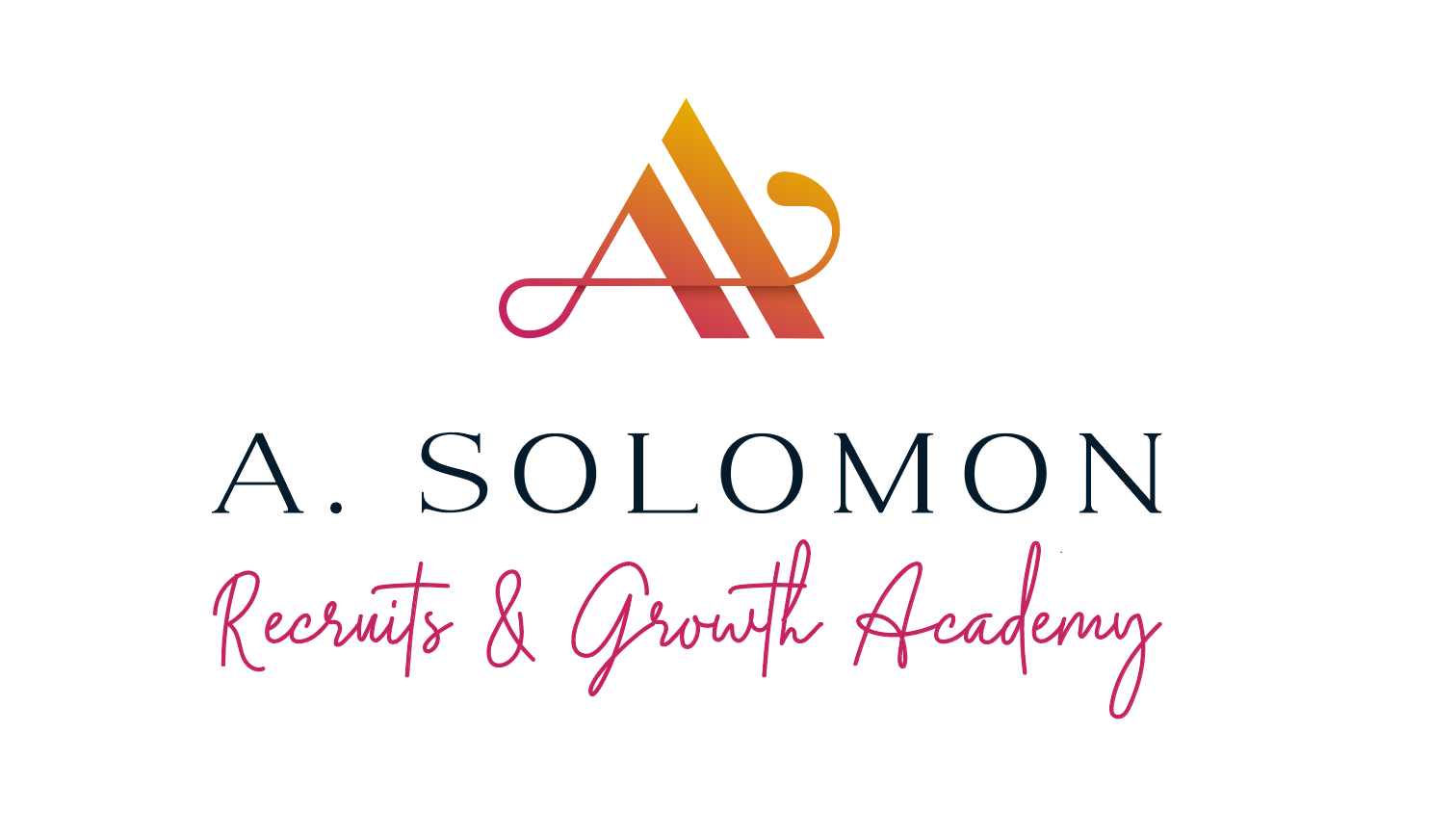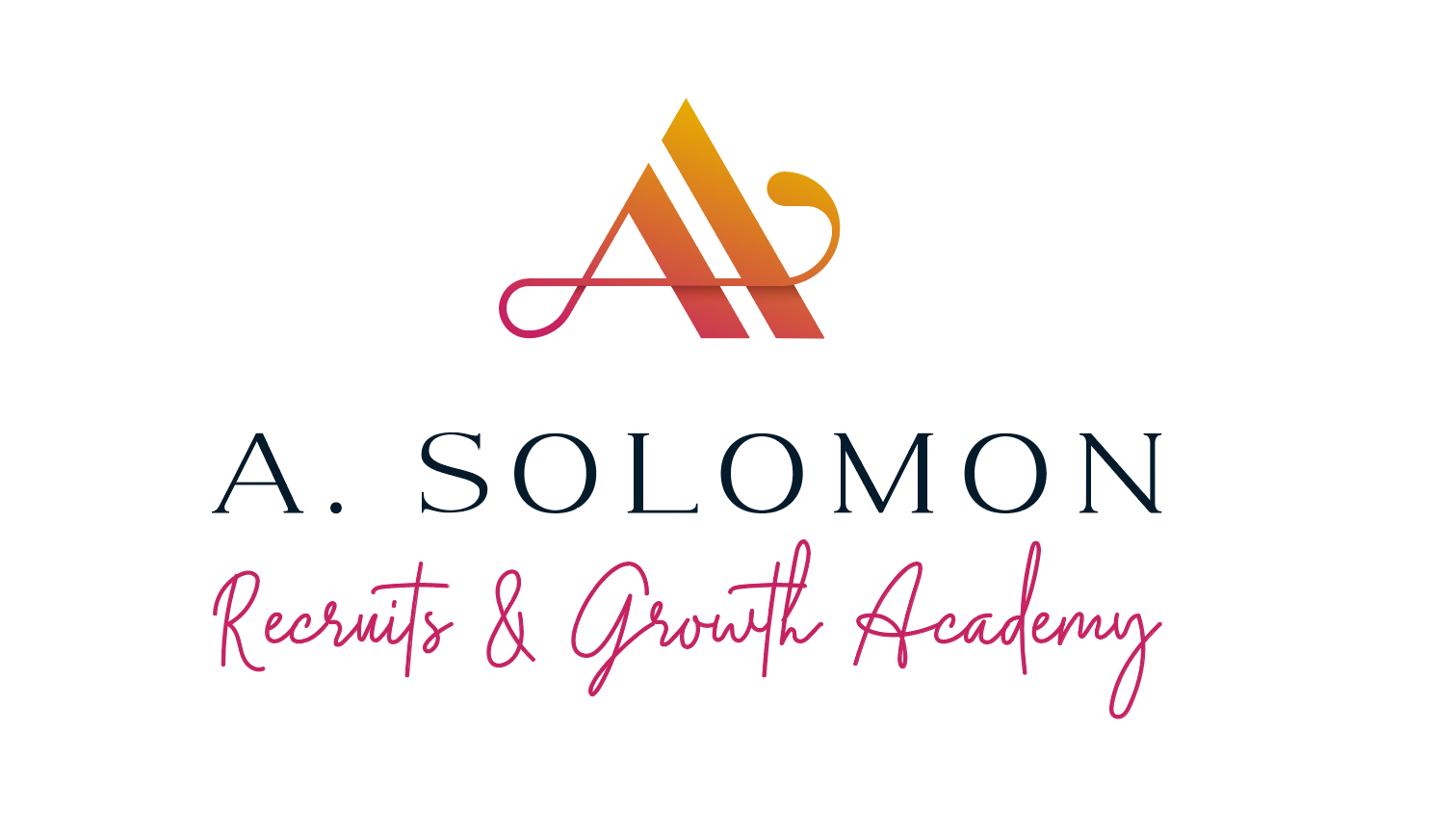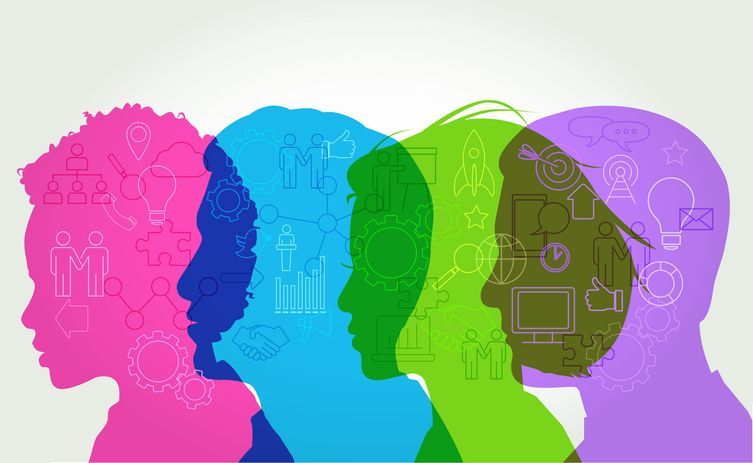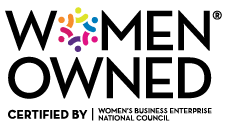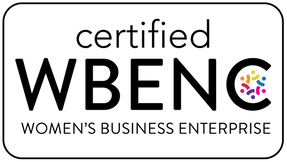Diversity Recruiting Gone Wrong: Common Mistakes That Perpetuate Racial Bias
Diversity and inclusion have become critical priorities for many organizations in the corporate world. However, the methods used to achieve greater diversity in the workforce often fall short, perpetuating racial biases rather than dismantling them. In this post, we'll explore the underlying challenges and propose a more holistic approach to creating truly equitable and inclusive workplaces.
The recent New York Times article titled: What Researchers Discovered When They Sent 80,000 Fake Resumes to U.S. Jobs highlights a sobering reality – decades of diversity initiatives have failed to address the persistent racial discrimination in hiring practices. This reveals a fundamental flaw in how many organizations have approached the challenge of diversity and inclusion.
Too often, the focus has been on quick-fix solutions, such as setting diversity quotas or hosting one-off training sessions. While these measures may create an illusion of progress, they fail to address the deep-rooted systemic biases that continue to shape hiring decisions and workplace culture.
To make meaningful and lasting change, organizations need to take a more comprehensive and sustained approach. This begins with acknowledging the complexity of the problem and recognizing that diversity and inclusion are not just HR concerns, but rather strategic priorities that must be embedded throughout the entire organization.
Effective diversity and inclusion initiatives should focus on three key areas:
1. Talent acquisition: Instead of relying on traditional recruitment methods that tend to perpetuate homogeneity, organizations should adopt inclusive hiring practices that actively seek out diverse talent pools. This may involve collaborating with community organizations, investing in employee referral programs, and reducing the reliance on educational pedigree as a primary hiring criterion.
2. Organizational culture: Creating an inclusive work environment requires more than just diversity training. It necessitates a fundamental shift in organizational culture, where diversity is celebrated, and employees from all backgrounds feel valued and empowered to contribute. This may involve implementing mentorship programs, fostering employee resource groups, and ensuring that leadership teams reflect the diversity of the organization.
3. Systemic change: To achieve true equity, organizations must be willing to confront and dismantle the systemic barriers that perpetuate discrimination. This may involve conducting comprehensive pay audits, implementing robust anti-bias policies, and advocating for broader social and legislative changes that promote equity and inclusion.
By taking a holistic and sustained approach to diversity and inclusion, organizations can move beyond superficial metrics and create workplaces that truly reflect the rich diversity of the world around them. This not only benefits employees but also strengthens the organization's ability to innovate, problem-solve, and better serve its diverse customer base.
The challenge of diversity and inclusion is a complex and persistent one, but with a renewed commitment to creating meaningful and lasting change, organizations can play a pivotal role in building a more just and equitable society.
I see incredible potential in places most people don't think to look. As a Black woman and small business owner of a diversity staffing boutique and career coaching service, my team and I walk alongside our clients in creating genuine professional environments for ALL free from bias and discrimination. I believe in our interconnectedness as a human race and strive daily to use my gifts to empower the invisible and powerless. I rarely bet on certainty and always root for the underdog because those are the best stories to tell. Follow me on IG, Facebook, TikTok, YouTube, LinkedIn @ HireBlackTalent.

